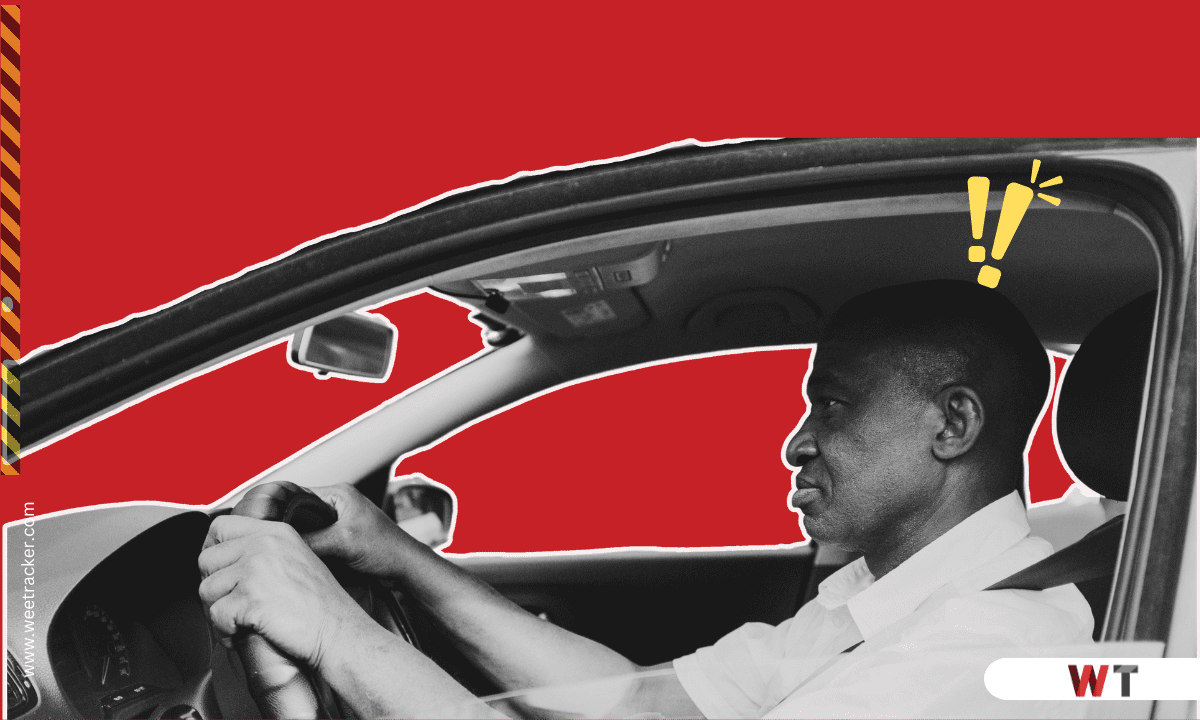Ride-Hailing Drivers Are Taking Matters Into Their Hands Fighting Unfair Fares

Ride-hailing drivers in Africa’s major cities are increasingly taking matters into their own hands to protest and counter what they deem unfair fares imposed by platforms like InDrive, Uber, Bolt, and Faras. The drivers argue that the rising cost of living, particularly the surge in fuel prices, has made the fares unsustainable.
In Nigeria, InDrive has borne the brunt of drivers’ frustrations. Drivers have condemned the app for allowing riders to offer insufficient fares often far below the cost of a trip. “Someone needs to sue InDrive because it is becoming worse every day. Somedays I don’t even go out because of the ridiculous amount on the app,” Ola, a driver, lamented, as captured by local tech publication Technext.
A typical example cited by drivers involves a 38.6-kilometre trip from Victoria Island to Egbeda, for which a rider offered a paltry NGN 2 K (USD 1.26). This amount, drivers argue, is insufficient to cover even the cost of fuel. InDrive, in response, attributed these issues to GPS glitches and passenger network problems, claiming they affect less than 1 percent of trips. However, drivers insist the problem is more widespread.
Kenya has witnessed a similar uprising. Drivers have begun to charge their own fares, often doubling or tripling those set by the platforms. “We, as Nairobi online drivers, wish to notify the public that due to the high cost of living, we will not be able to operate under the current rates of Uber, Faras, and Bolt,” a notice from Kenyan drivers read.
Dennis Nyariki, deputy chairman of the Organisation of Online Drivers Kenya, has called for a minimum fare increase from USD 1.40 to USD 2.33 and a multiplier of 1.5 for fares exceeding USD 2.33. This, he argues, would cover the cost of fuel, airtime, and maintenance.
Africa’s major cities, with their teeming populations and notorious traffic congestion, are fertile grounds for ride-hailing services. Apps like Uber and Bolt, as well as newer players such as InDrive and Rida, have transformed how locals move around cities, offering convenience, affordability, and safety in an often chaotic urban transport landscape.
However, drivers—the lifeblood of the operation—are increasingly revolting against user considerations coming at their expense; the latest battle in a long history of ride-hailing companies clashing with drivers over employment status and earnings.
Faced with soaring living costs, Kenyan e-hailing drivers staged a five-day protest in July, demanding fare reviews from ride-hailing platforms, but these companies remain committed to affordable prices to retain a notably price-sensitive customer base.
Ride-hailing companies are caught in a dilemma. While they are aware of drivers’ plight, they are also wary of passing on increased costs to customers. This could lead to a loss of customers to competitors or public transport.
“We understand and empathise with the concerns raised by drivers,” Bolt said in a notice. “However, we are aware that some have taken independent actions to increase prices, leading to inconsistent customer charges.”
The issue has highlighted the precarious position of gig workers, who often bear the brunt of economic downturns. As the cost of living continues to rise, more drivers will likely join the protests, demanding fairer compensation.
The outcome of this conflict could have far-reaching implications for the ride-hailing industry. If drivers are unable to earn a decent living, it could lead to a shortage of drivers, which in turn could result in longer wait times and higher fares for customers. On the other hand, if ride-hailing companies are forced to significantly increase fares, it could lead to a decline in ridership.
Ultimately, finding a sustainable solution that balances the needs of drivers and passengers will be crucial.